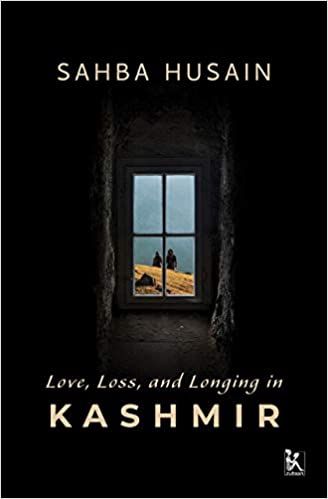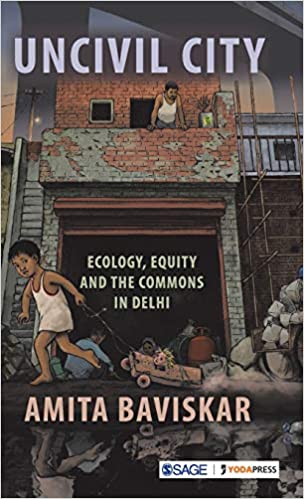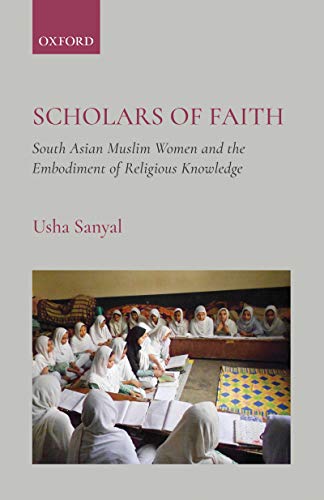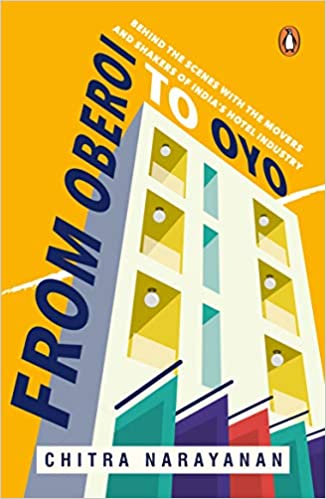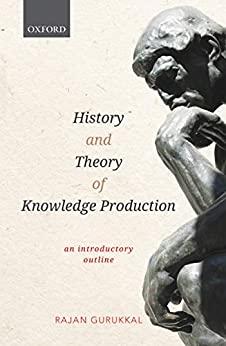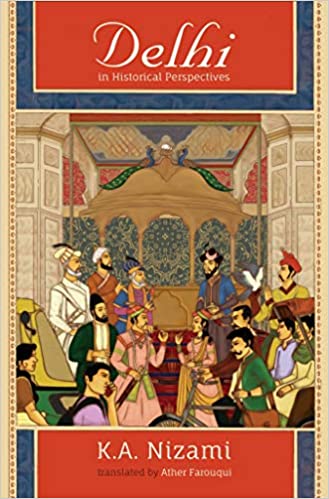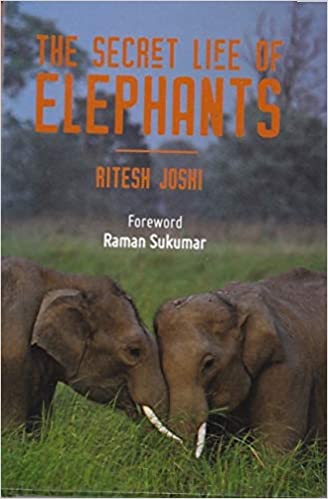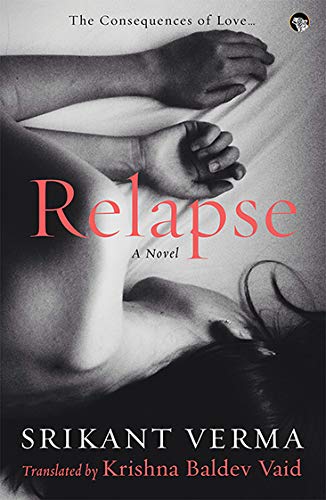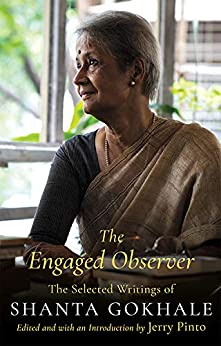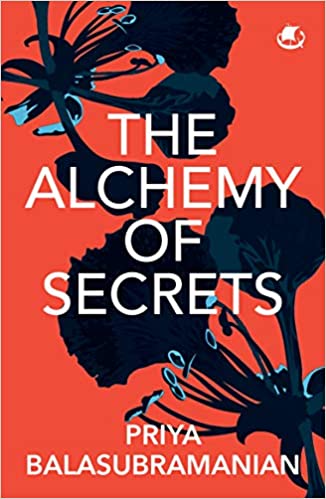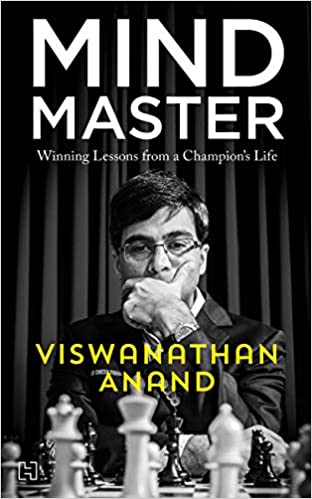There is a veritable cottage industry that has grown up around books about China’s amazing economic transformation over the last four decades. An even more popular sub-genre is increasingly evident: the story of how China’s rise is poised.
Archives
September 2020 . VOLUME 44, NUMBER 9Regardless of the spread of the Covid-19 pandemic, for much of this year, the choppy waters of the South China Sea have witnessed an intensification of geopolitical contestation. Beijing has sought to project force through military drills and by entering.
The blurb of the book claims: ‘Here, for the first time, a Rohingya speaks up to expose the truth behind this global humanitarian crisis. Through the eyes of a child, we learn about the historic persecution of the Rohingya people and witness the violence Habiburahman.
Lt Gen HS Panag writes that having commanded two armies, the northern and central army, he had over six lakh troops under him at some point or the other. Most of them may have seen the badge he wore on his uniform since his colonel days that read: ‘Don’t do anything that I don’t do.
For a non-Kashmiri, the ‘word’ Kashmir has, over decades, evoked varied emotions and brought about alternating images of tranquillity and unrest. The ‘place’ Kashmir has witnessed political upheavals, natural disasters and spiritual awakenings over centuries.
Reviewing this collection of essays authored by the gifted MSS Pandian who unexpectedly passed away in 2014, has been a discomfiting experience. A book review is expected to engage with the argument offered in the work. The process results in both praise.
Amita Baviskar brings her careful and serious considerations to the city of Delhi, and its environs, including Gurgaon, giving us interesting insights into an urban constellation we know so well. She looks at the way a city is constructed in terms of experiences and events.
The pandemic of Covid is here to stay and we have to learn to live with it, as it becomes endemic. Among the many things the Covid pandemic has exposed—the neglect of public health, the disastrous implications of privatization of health, the utter lack of public health.
Usha Sanyal’s book on new institutions of Islamic learning for women is an important study on the relatively under-researched theme of South Asian Muslim women’s changing engagement with religious learning. Based on ethnographic fieldwork in two institutions namely.
This book intrigues. It comes heavily recommended. It was released, in a high-powered function graced by two former RBI Governors (YV Reddy and Duvvuri Subbarao) as speakers and a galaxy of present and former RBI officials, Deputy Governors and so on.
Most of us still peruse a list of hotels that pop up on various aggregators like we do a menu at an expensive restaurant—with one eye on the prices on the right. We are usually looking for a hotel or a homestay within our budget which will meet our basic requirements.
With a partial image of Rodin’s iconic sculpture of The Thinker on the cover, and a dedication to Romila Thapar, the undisputed doyenne of ancient Indian history, Rajan Gurukkal’s History and Theory of Knowledge Production is indeed a formidable feat of scholarship.
The Urdu Department of Delhi University has a photo gallery on its website. In a 1966 photograph of the Department, taken during the inaugural Nizam lecture, Princess Esin and Prince Muffakham Jah of Hyderabad are seated. Between the newly married.
The legacy and the myths surrounding him have far outlived Dara Shukoh, inspiring historians of varied hues to reconstruct the unusual persona of a prince who could have been an emperor. A visionary thinker, a talented poet, a prolific writer, a theologian.
Two very different books on the incomparable river Ganga: one, linking the river to a cultural continuity threading centuries into the past; the other, seeking personal inspiration and civic lessons from stories of hope and despair encountered along the river.
The elephant in India is an iconic animal writ large in our experience, culture and civilization. Several books have been written about it for centuries and they can fairly fill a book cabinet. The present offering is by the author, an environmental scientist.
2019
Although Winston Churchill has often been projected, especially in recent times, as one sinister character behind the Bengal Famine of 1943 that wiped out over three million people, what role the members of the hallowed Indian Civil Service (ICS) played in anticipating.
We are so obsessed with the legitimacy (or not) of many Ramayanas that we tend to forget that the Mahabharata also appears in almost every Indian language, that it, too, inhabits highly localized cultures; that outside the Sanskrit text, its characters often.
2020
As a writer, Perumal Murugan has a politics of his own. Readers of Murugan know that following the protest against his 2010-Tamil novel, Mathorubhagan (One Part Woman) he wrote his obituary in 2015 saying, Perumal Murugan, the writer, is dead.
Self-identity and self-expression have never been very smooth for women, described by one of the translators of this volume of poems under review as ‘adi-dalit, the original broken, oppressed and silenced’ caste. When social, economic and linguistic norms.
2018
One of the challenges of translating an Indian text into English is the constant tussle between the ‘Indianness’ of the original and the ostensible foreignness of the English language. But what if a Hindi novel is translated in such a way that the English.
‘The trouble with having everything so beautifully thought out is that if one link in the think chain snaps, you are left holding the loose ends with not half an idea between the ten of you about what to do.’ – Shanta Gokhale.
2020
This debut novel offers a playful twist on the possible origins of chess. The narrative flips back and forth between the boardrooms of the 21st century and the battlefields of the 5th century. The protagonists are Ms Vinita Joshi.
Reading Priya Balasubramanian’s The Alchemy of Secrets during Covid-19 pandemic left a strong afterthought. While fierce debates rage on if the deadly disease is airborne and if community level transmission is observed at places, I wonder if those questions.
2019
Bonn, 2008. Viswanathan Anand and Vladimir Kramnik face each other in the World Chess Championship, a much-anticipated clash between two modern titans of the game. The episode serves as a suspenseful introduction to the autobiography of the five-time World Championship winner, Viswanathan Anand.





